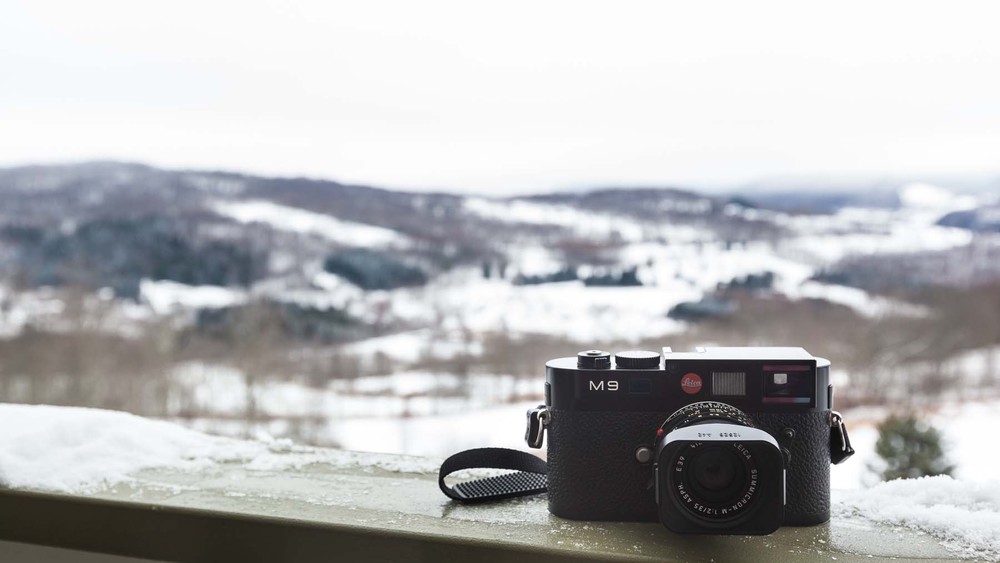
Instapaper creator and respected writer Marco Arment gives his views on the Leica M9 in this fascinating post-Christmas review. Mrs. Marco is a professional photographer so Marco rented a Leica M9 and 35mm Summicron-M as a Christmas gift. By his own admission, though, he spent more time playing with it himself.
Although the week with the M9 has left Marco with a renewed interest in high-quality photography, the M9 just doesn’t cut the mustard for him because of its $6,500 price tag. Most of his criticism is valid. The M9 with its rangefinder system is slow, too slow for effective sports photogrpahy or for catching those instant moments. And the CCD sensor, coupled with an ancient low-resolution rear screen and no live view, is a poor performer in low-light conditions.
Those of us who love Leica tend to have a more pragmatic view of the M9. There is an art in setting up a photograph and an involement that comes mainly from the manual focus system. I enjoy manual focus and I use it (with Leica lenses) out of choice with my autofocus Fuji X-E1. There’s just something wonderful about being involved in the decision making once more.
Marco does praise the 35mm f/2.0 Summicron lens, and rightly so. Leica lenses are among the best in the world. They also have a long life and consequently retain their value, expensive as they are to start with. Modern autofocus lenses from the mass-market camera makers have a relatively short life because of the electronics which will become outdated well before the optics croak. Conversely, even 50-year-old Leica lenses are producing fantastic results and can be used (with few exceptions) on the latest Leica Ms. They focus as they always did, manually.
In discussing the forthcoming M (model 240) Leica, Marco makes one significant error. The new M does not have the same sensor as the current M9. Because the M features a new European designed and manufactured 24MP CMOS sensor it should offer much better low-light performance, live view (including the option of an electronic viewfinder) and the possibility of video, although I doubt many Leica owners will be much interested in this. The M will therefore excel at high ISO and will be more directly comparable with the full-frame Canons and Nikons now entering a wider market. It will also offer an alternative method of focusing in addition to the traditional rangefinder system.
In one respect the M9, as a full-frame camera capable of superb results, is way ahead of the Canon and Nikon DSLRs. It is much smaller, not much larger than a typical mirrorless camera, and lighter than a DSLR kit (although, it has to be said, the M9 is very dense because of all the brass in its construction; it feels heavier than it looks).
It is also a simple camera which is much easier to understand and use effectively than most modern competitors which take some getting to know. The menu is a triumph of simplicity compared with other cameras and, despite the manual focus, using an M9 is pretty intuitive after a few hours of practice.
Finally, it has to be recognised that anyone who compares a Leica on price alone is unlikely to get one. Despite the quality, despite the stunning results, the Leica M, when it arrives, will be one expensive camera: £5,100 for the body alone. Add even the cheapest new Leica lens and you will be taking £6,500 off your credit card. Whatever the technical comparisons, the Leica has a price disadvantage. For Leica enthusiasts, however, the pleasure is in owning a photographic icon, heir to 90 years of photographic history. And it takes a pretty good photograph as well.
by Mike Evans, 29 December 2012

Great review and excellent additional info to Marcos’ piece